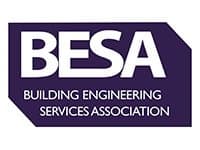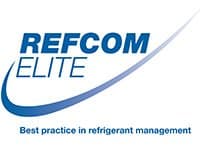Data centres are physical places (usually a building) to store and compute data for many purposes. Because they use a lot of power, they generate a lot of heat and that means data centre cooling is a crucial part of running one of these centres. Let’s look at the fundamentals involved with it.
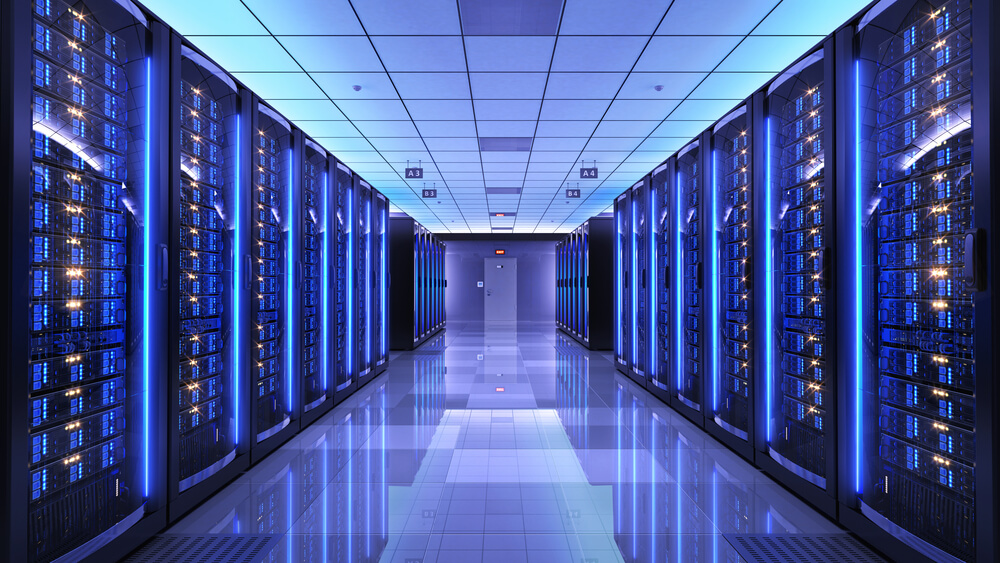
What is data centre cooling?
Data centres use a huge amount of electricity. The combined data centres with the equipment operating and the cooling systems needed are said to consume around 3% of the world’s electricity. Because those operations generate heat, cooling systems are required to balance this and ensure the heat doesn’t become a problem.
Why do data centres need cooling?
Data centre cooling is simply the practice of separating hot air from cold air. If there’s too much hot air circulating around the servers then equipment can overheat and malfunction. But by using the right cooling system, everything can be kept at a more manageable level and ensure the equipment works smoothly.
How are Data Centers Cooled?
There are a few ways that data centre cooling can be achieved, depending on the needs and structure of the building.
For many buildings, the traditional approach to cooling works perfectly. In this system, there’s a combination of raised floors and computer room air conditioning, known as CRAC or computer room air handlers or (CRAH).
Computer Room Air Conditioner (CRAC)
With these systems, the appearance is similar to a traditional air conditioning system. There’s a compressor that draws in air and a refrigerant filled unit to cool the air. They are a good cost-effective way to cool smaller data centres.
Computer Room Air Handler (CRAH)
The CRAH units work as part of a larger air conditioning and cooling system that features a chilled water plant somewhere in the building. The chilled water then flows through a cooling coil that uses a fan to draw air to action this. It makes the system more efficient, especially in areas with cooler annual temperatures.
Raised floor system
With these systems, either of the cooling units would pressurise the space under the raised floor and push through cold air. This would move through perforated tiles that the servers stand on and ensure they are cooled. The hot exhaust would be vented and returned to the unit to cool. Typically, data centres would set the unit’s temperature to control the whole floor.
There is also a range of other systems that have been tested in different conditions. These range from something as simple as fans right through to complex heat transfer systems. Some use external sources or cold water or air to make the process more efficient.
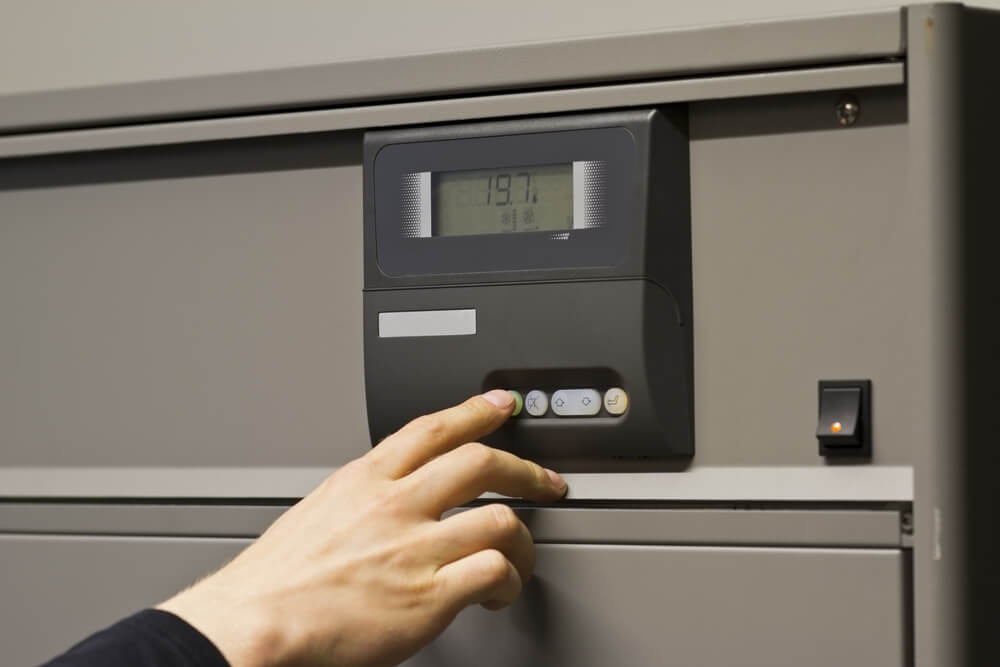
How cool should a data centre be?
Here in the UK, we follow a recommendation similar to that used in the US with the ASHRAE. Here the average temperature for server inlets should be between 18-27 degrees C. This is the air that is pulled into the server to cool down the internal components.
There is also a recommendation of a relative humidity of 20-80% but other sources recommend something a little more specific, being no more than 25 degrees C. Some of the big companies such as Google work on higher temperatures than this but these are good standards for most companies.
The recommended temperature for server inlets doesn’t apply to the whole room. This will generally be warmer just due to the nature of how server rooms work and the dynamics of heat transfer. For this reason, most server rooms are set to colder temperatures, usually 19-21 degrees C.
Which cooling system is there for a data centre?
When you work with an expert in data centre cooling, you’ll always ensure you get the best system. But it is always good to know a bit about the basics before you start. Here are some of the common data cooling technologies that will likely be used for your property.
Calibrated Vectored Cooling (CVC)
This is used for high-density servers and allows for an optimised airflow path through the pieces of equipment. It makes the cooling system better at coping with the heat and also allows for an increase in the ratio of circuit boards per server unit with fewer fans.
Chilled Water System
Ideal for medium to large data centres, these systems used chilled water to cool the air carried by the CRAHs. The water comes from a specific chiller plant that is located somewhere in the building.
Cold Aisle/Hot Aisle Design
This style of system can work on many different server centres and uses a rack deployment system with alternating rows or hot and cold aisles. Cold aisles take the air at the front of the rack while hot aisles push out hot air at the back of the rack. The hot air is then taken in by the cold aisle units, chilled and vented to the cold aisles. Sometimes, empty racks are used to store blanking panels to help efficiency.
Evaporative Cooling
Evaporative cooling manages temperature by cooling hot air with water, causing it to evaporate and take the warm air with it. There are a few ways it can work including with misting or a wet filter or mat. It doesn’t use either CRAH or CRAC but does require a lot of water.
Free Cooling
Free cooling is any system that brings air from outside the building to cool the servers rather than repeatedly cooling the same air. It can be a very efficient system for any data centre.
Liquid Cooling
Liquid cooling is any system that uses liquid to remove the heat from the air. Direct to chip cooling is one example of this. A coolant is delivered straight to a cold plate inside the motherboard of the processor. The heat extracted is then fed into a chilled water loop and carried to the chiller plant.
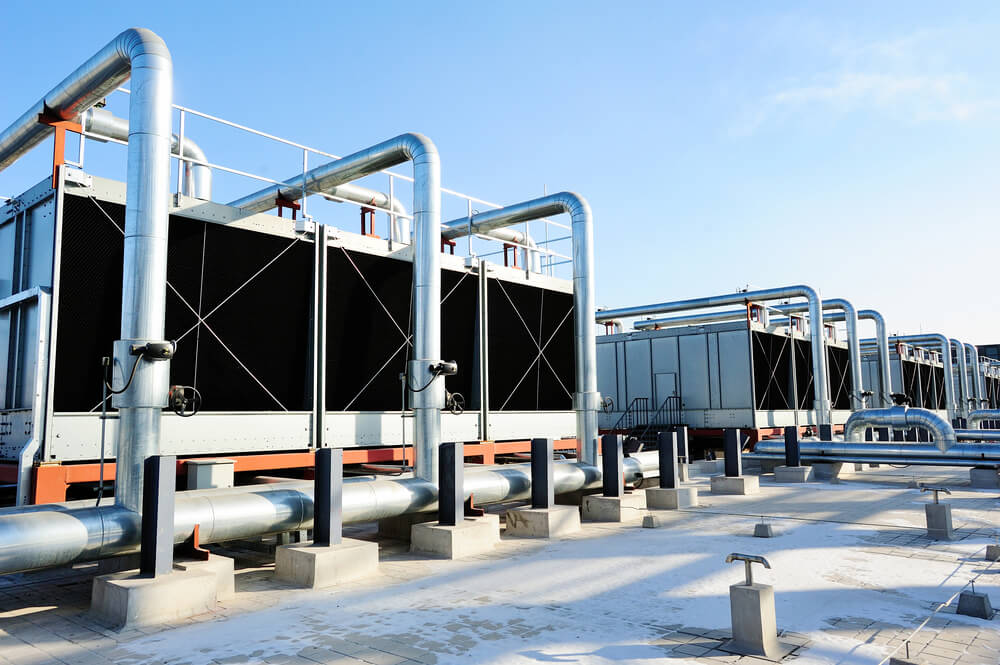
Which cooling system is best for a data centre?
There’s no clear winner in terms of which system is best because there are lots of factors to consider. The size of the data centre, the number of servers, the space available for them and the room in the rest of the building for other features are just a few factors. That’s why it is a good idea to work with experts in data centre cooling solutions to get the right system and also work with any budget you have set.
How much does it cost to cool a data centre?
Most of the time, the cost of cooling a data centre will be worked out by looking at the size of the centre and the cooling power (PUE) that is required to reach the desired temperature. This means a larger centre with a higher temperature aim could potentially be cheaper to cool than a smaller space wanting a much lower temperature.
Data centre cooling solutions by TEK
At TEK,
At TEK, we have installed custom systems for data centres and server rooms across the country and know all the numbers to help you find the right balance of system and cost. We understand the needs of data centres, the particular requirements they may have and can help you get the right system in place that works with your budget.
Contact us today to find out more about our services.



